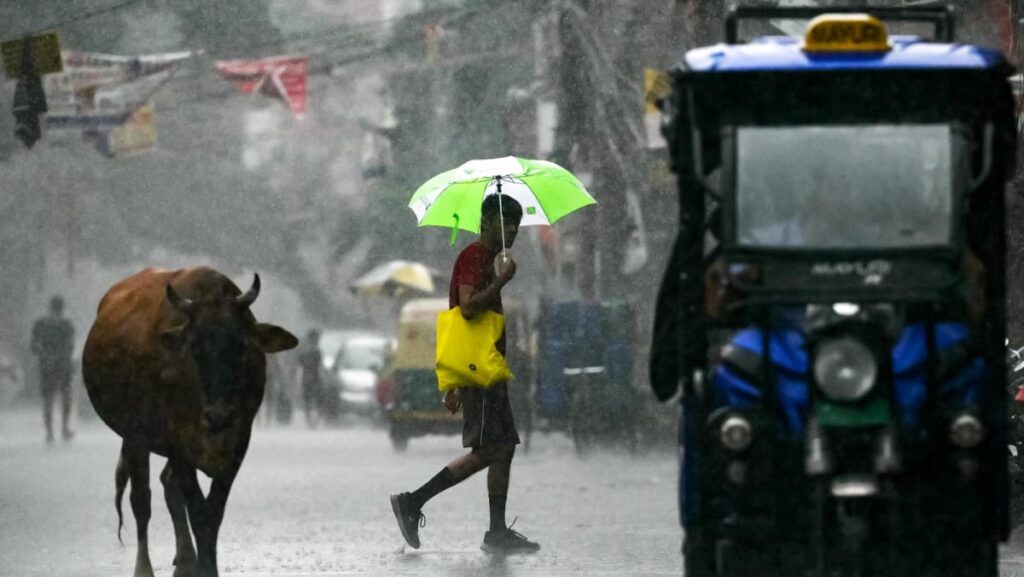An IMD official said the progress of the monsoon was stalled for a week, which led to lower rainfall and heat waves in northern India, but sudden thunderstorms last week in the region pushed the monsoon clouds back on track. This, he said, will help the monsoon cover the entire country on time or even a few days ahead of the normal schedule.
WHY THE EXTREMES?
For every degree increase in earth’s temperature, the amount of water vapour in the atmosphere can increase by about 7 per cent, according to a NASA article. Experts say that can lead to heavy rains in a short period of time.
“Because of climate change, you will get more extreme rain events, which means more rain in a fewer number of rainy days, rainy hours,” Sunita Narain, director general of research body Centre for Science and Environment, said in a recent video post.
“If you look at the data from across India, you will find that many weather stations are already reporting that they are breaking the record of 24-hour rainfall, which means that a city, a region, can get its annual rain, as much as a whole year’s rain, in a matter of a few days or even one day.”
https://www.channelnewsasia.com/sustainability/india-new-delhi-extreme-weather-conditions-rainfall-floods-heat-climate-change-4442681


